Copenhagen is an architectural masterpiece, a thriving social experiment, and the happiest city in the world. But it is also eye-wateringly, jaw-droppingly, gut-wrenchingly expensive. A coffee and a croissant here might cost more than a hostel bed elsewhere in Europe! But thanks to a recent initiative from Wonderful Copenhagen, there is a way to get free coffee, ice cream, museum entry, scenic boat rides and more. All you have to do is perform a good deed that gives back to the environment and the city.
The initiative, called CopenPay, was piloted for a month in 2024 before being rolled out again this year from mid-June to mid-August. It encourages tourists to make more mindful choices when travelling. You can be rewarded for using public transportation, eating plant-based meals, cleaning up rubbish, or donating old clothes. You just need to go onto the website, select an activity, do said activity, then collect your reward. Often there’s not even any proof required, since the scheme operates on a system of trust.
This trusting, reward-based approach is characteristically Danish, I’ve noticed. In Denmark, it’s common to see “help-yourself” produce stalls and libraries open and unstaffed during the night. The Danes are also experts at this thing called “nudging.” It’s a term used in behavioural economics, policy, and social psychology to influence a person’s behaviour by making subtle changes to the environment in which they make their decision. Essentially, it’s a way of manipulating someone’s behaviour while still retaining their freedom of choice- you’re not forcing them to do something, just “nudging” them in the right direction.
Did you know that putting a picture of a fly on the inside of a urinal has been proven to improve men’s aim? This isn’t just men being gullible, it’s an example of choice architecture- an environment specifically engineered for a desired social outcome. There are no toilet flies in Copenhagen as far as I’m aware, but there are protected cycle lanes, car-free bridges, and green waves (traffic lights timed so cyclists get continuous greens) to make cycling more attractive. Rather than banning junk food, they’ll put the fruit at eye level and the healthy options at the start of the cafeteria line. Instead of punishing you for parking an e-scooter on a busy footpath, apps offer free credit for parking them correctly.
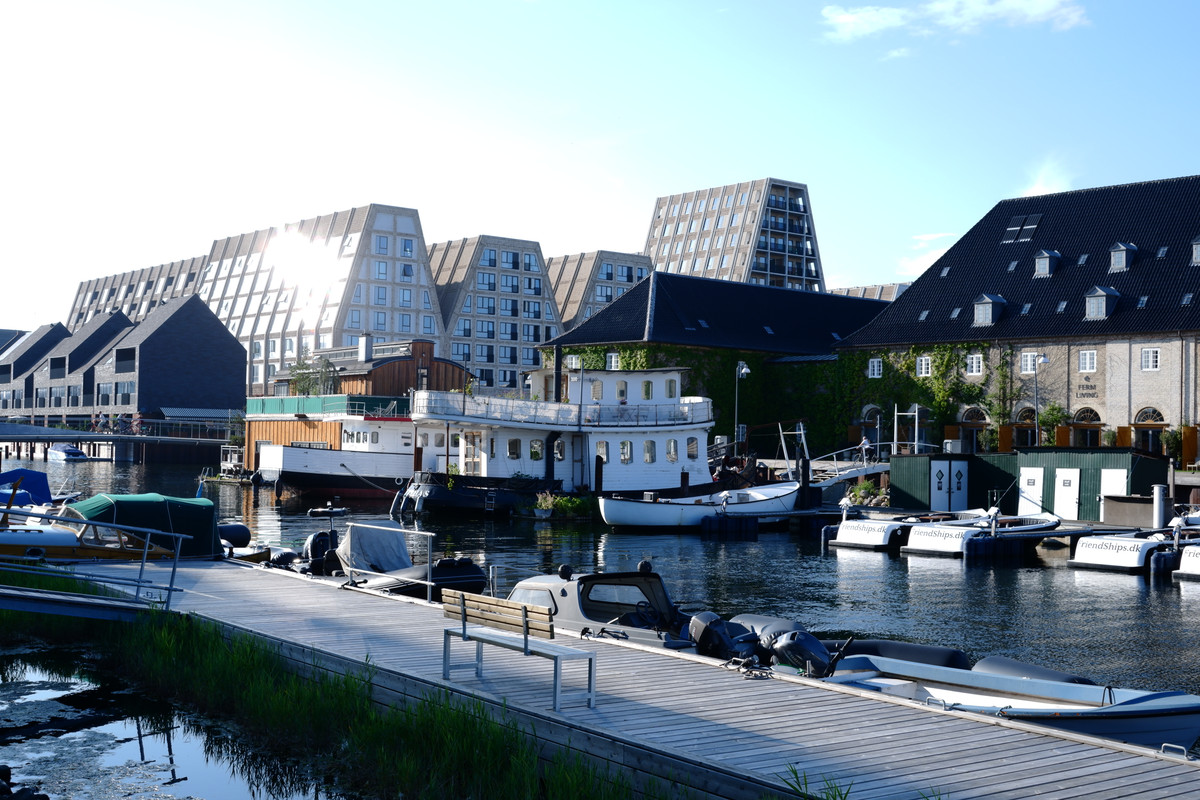
CopenPay is an extension of these principles, using positive design to harness tourism for good. But Copenhagen’s gentle incentive-based approach stands in stark contrast to other European cities also facing high levels of tourism. Venice has introduced daily entry fees in an attempt to limit tourist numbers. Amsterdam launched a “Stay Away” ad campaign to discourage UK men aged 18–35 from party tourism. As part of the new “Respect the City” campaign, in Dubrovnik, Hvar, or Split you can be instantly fined up to €600 for wearing your togs (swimwear) on the street, eating near landmarks, or having a beer in public after 10 pm.
I, for one, am much more pleased to take the carrot instead of the stick. Here are my top 5 CopenPay activities that will see everyone benefit:
- Walk 5,000 steps and get a free coffee.
This was so easy I almost felt guilty. Finn and I have been regularly walking 10,000–20,000 steps per day as we travel, so we knew we would reach 5,000 without even trying. There are even two different hotels that offer this, 25hours Hotel and Citizen M, so you could cash in quite the caffeine hit. We went to the former, where we sipped our coffees in a bar straight out of Architectural Digest, with a checkerboard floor and jungle-themed tapestries warming the walls. We only had to show the bartender our fitness app, and we could order any kind of coffee we wanted. Our cappuccinos should have cost $14.50 each.
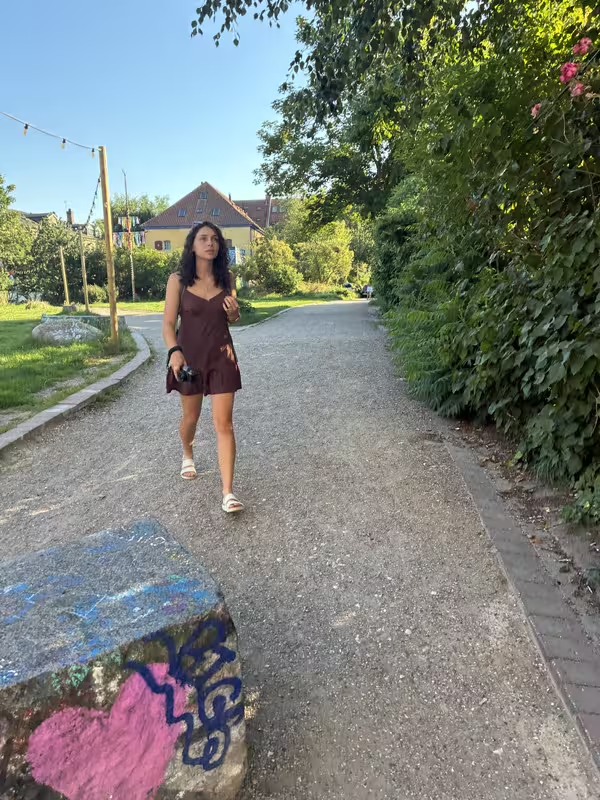

- Arrive to Copenhagen by train and get a free sauna, yoga class, 45 minutes of public bikes, or literally a bag of food.
Northern Europe is so well connected by trains, you can easily catch one to Copenhagen from France, Germany, the UK, Belgium, the Netherlands, Italy, or of course the Nordics. There is even a 16 km connection between Malmö, Sweden and Copenhagen that starts as a bridge and then disappears into an underwater tunnel. It was so convenient that instead of staying in Copenhagen, Finn and I stayed at a friend’s house in Sweden and trained to and from Copenhagen every day — it only took about 45 minutes each way. And if you can present your international train ticket, you can claim all kinds of perks. Once again, this was ridiculously easy. And even if you’re arriving from another country by plane, you can STILL grab these perks if you purchase SAF (Sustainable Aviation Fuel) for your flight.
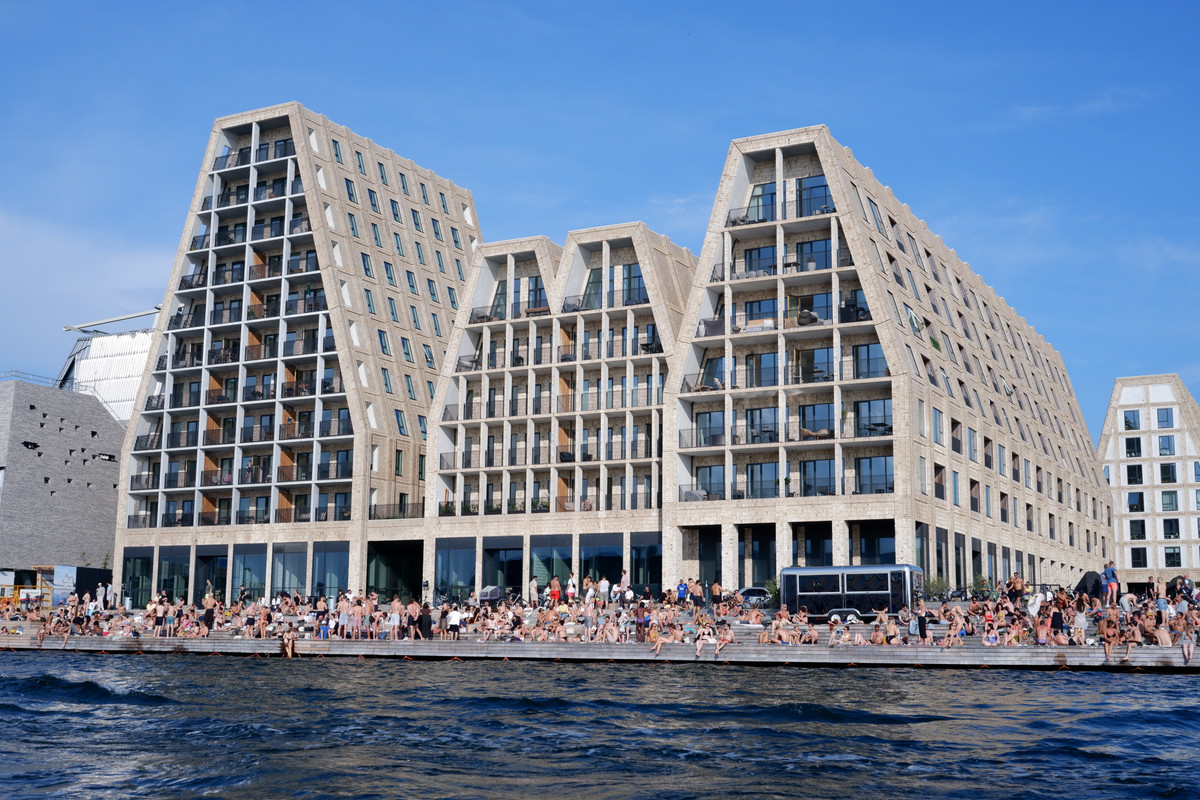
- Stay 4+ nights in Copenhagen and get a day’s bike rental or neighbourhood tour.
If you’ve got the time (and budget) to spend four nights in Copenhagen, there’s more than enough to fill your days — especially with a bike ride or a tour of Christianshavn or Nørrebro thrown in. But you might be wondering: why does the city want to reward this? While tourism has skyrocketed post-Covid, a huge chunk of visitors barely scratch the surface. In 2023, the year before CopenPay launched, over 12 million international tourists stayed just one night. That means a lot of environmental impact from transport, but minimal benefit to the Danish economy. CopenPay hopes to change that by nudging people toward slower, more thoughtful travel.
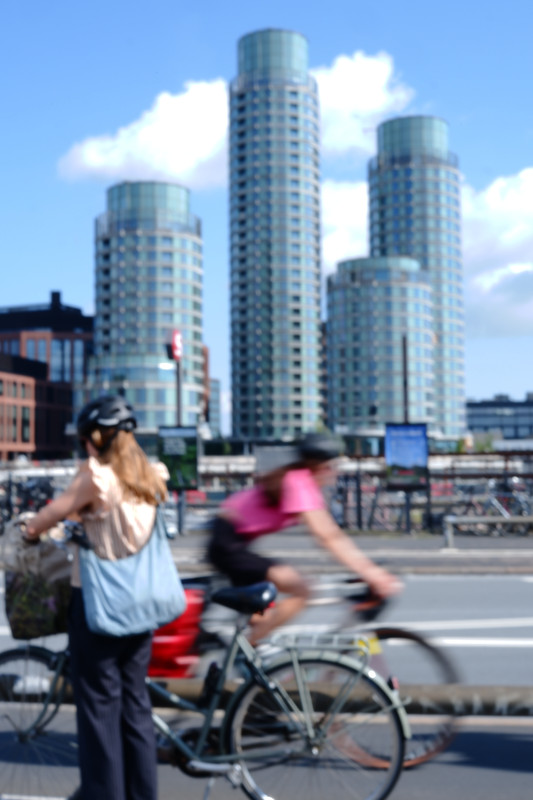
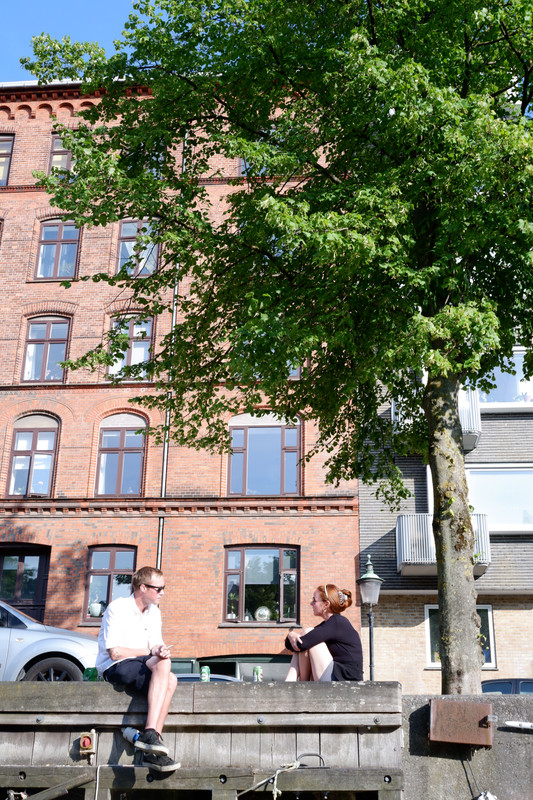
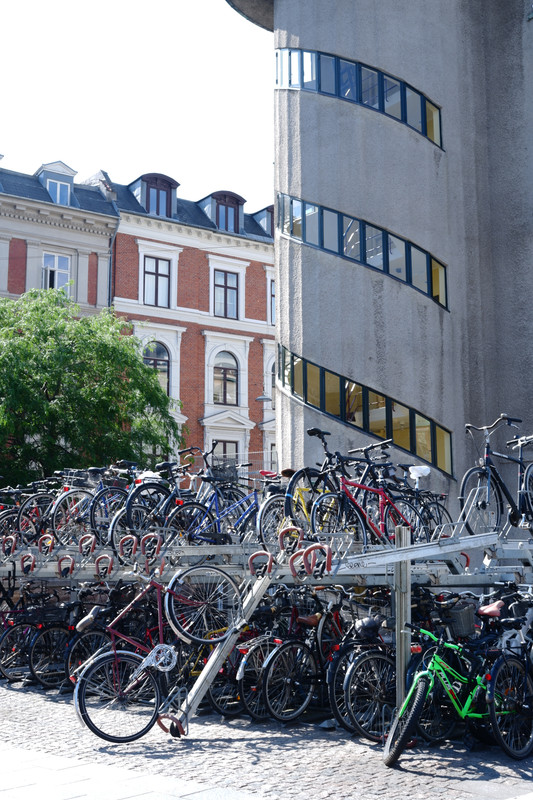
- Clean up the harbour and get a kayak rental or electric boat ride for free.
Some activities are so fun you have to book ahead to reserve your spot. GoBoat and Green Kayak both offer options to freely explore the waterways, giving you a wonderfully new perspective of the city. In return, you are armed with a fishing net to grab any floating litter you see on the way. Finn and I didn’t get a chance to try this one out, so instead we cruised the canals on a long tour boat. Even then, we noticed the waterways were remarkably clean, so you wouldn’t have your work cut out for you.
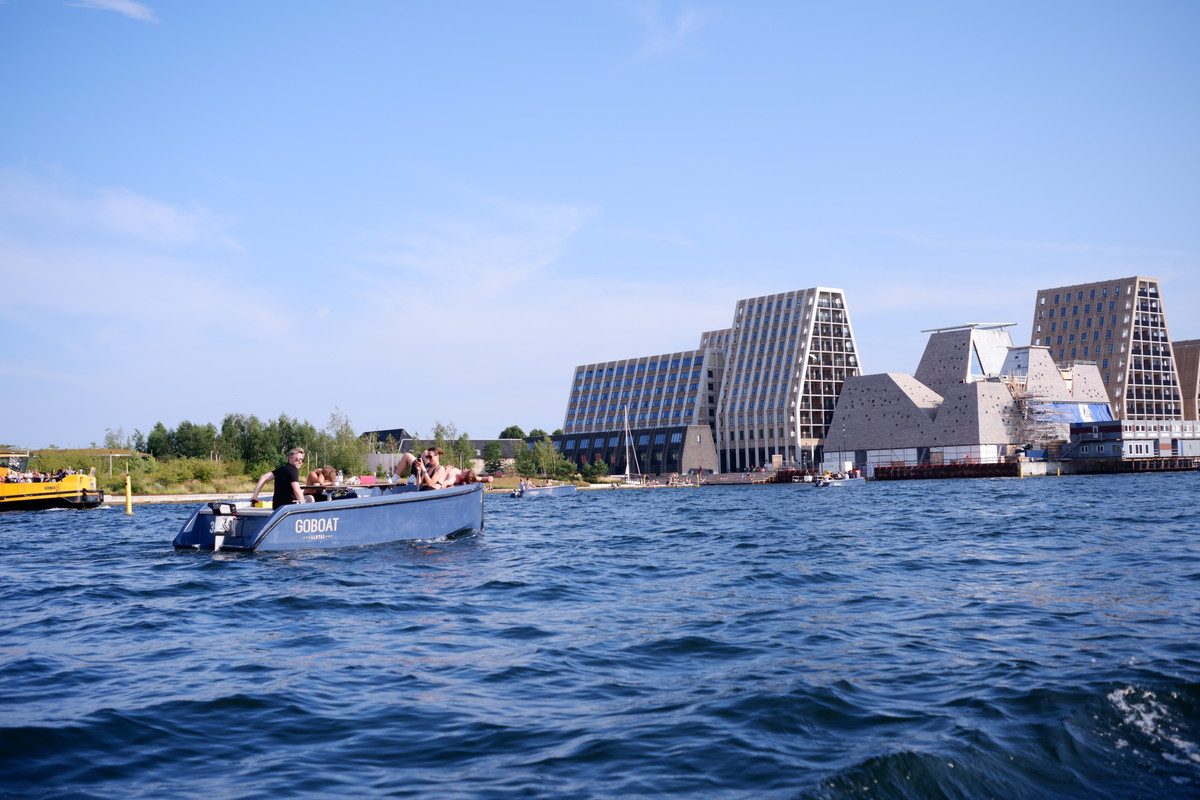
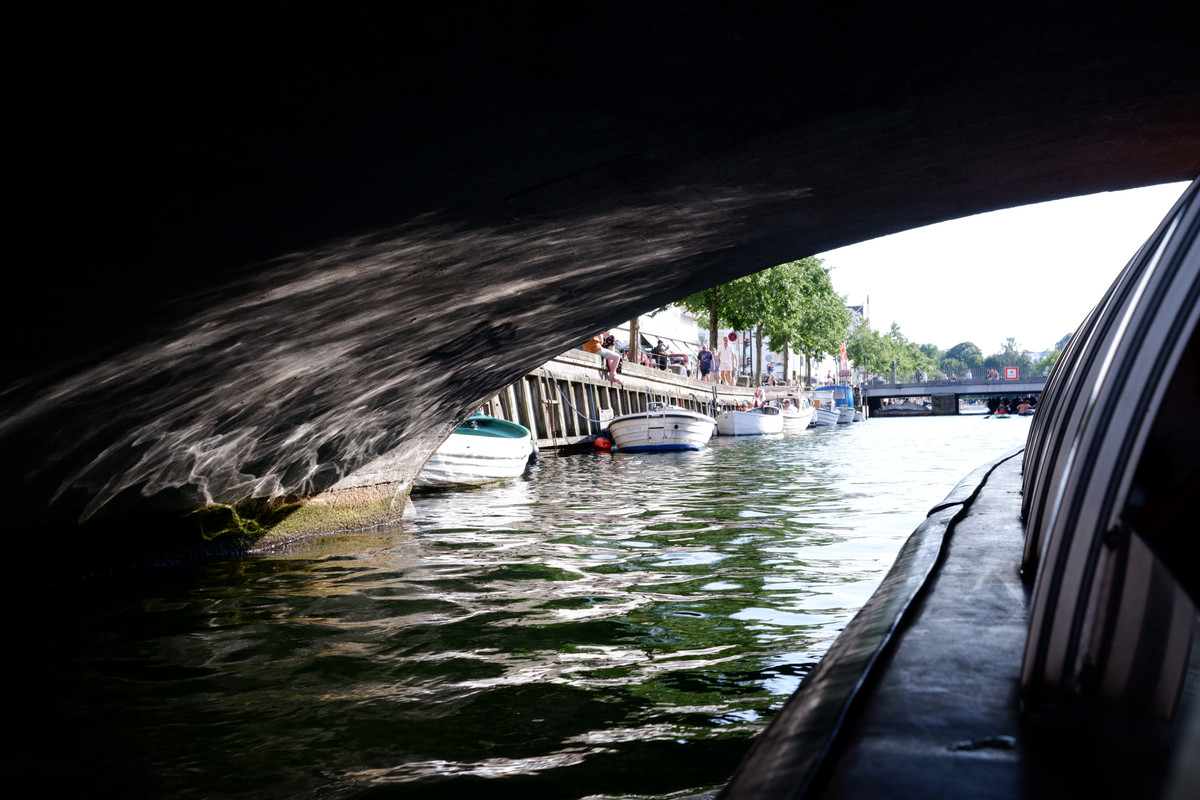
- Arrive by public transport, plant some flower seeds, and gain free entry to a Shakespearean castle.
Kronborg Castle is a 16th-century castle and a UNESCO World Heritage site in the town of Helsingør. It’s famous for being the setting of Shakespeare’s play Hamlet, so of course they do Shakespearean tours and theatre performances there as well. Since it’s an hour north of Copenhagen, you’re probably going to take the train there anyway, so all you need to do is pick up a packet of flower seeds from reception and plant them in the pots outside. Tickets are usually $38, so it’s quite a steal, in my opinion.
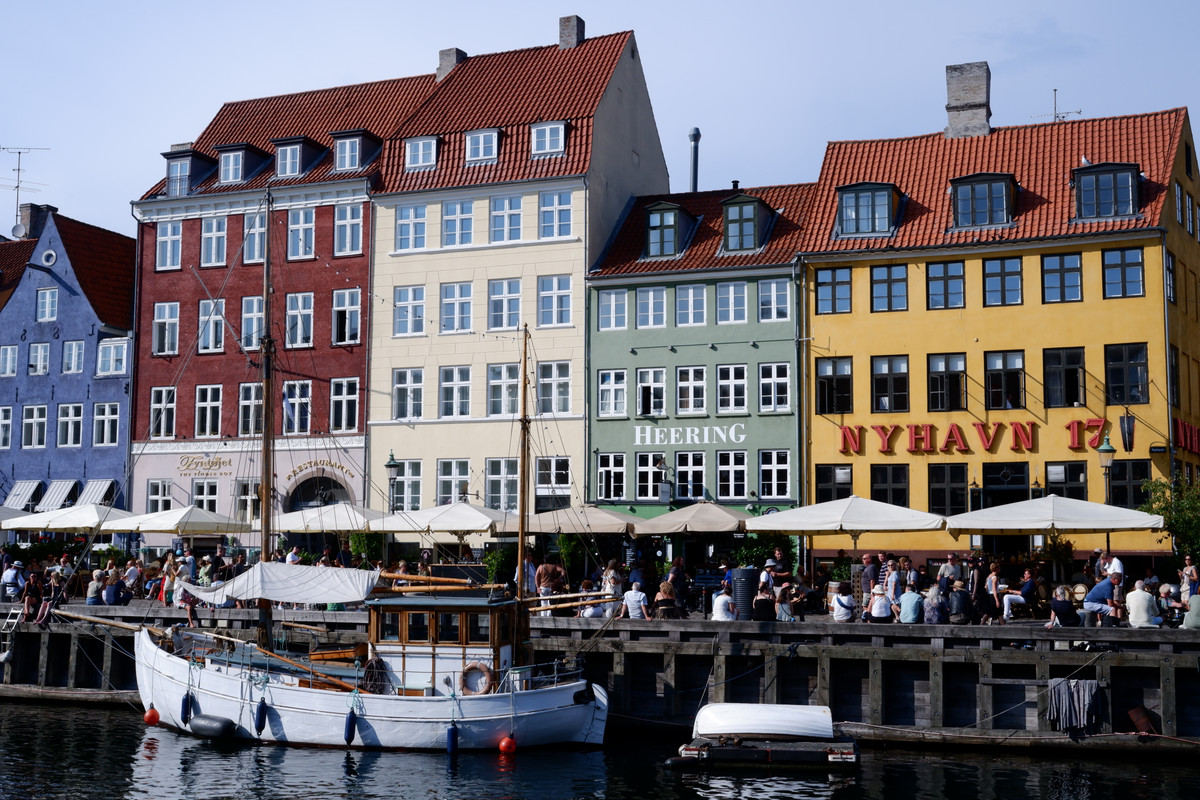
Those are my top five, but there are 65 different schemes to choose from — and probably more again next year. I’m a huge fan of this initiative — from the social engineering to the doors it opens as a budget traveller, CopenPay makes Copenhagen tourism so much more accessible and ethical.
So get amongst it! Just remember, this scheme only runs from mid-June to mid-August.
Signing off,
Milly




2 thoughts on “How to Hack One of Europe’s Most Expensive Cities”
Great little write up – incentive to create bucket lists of things to do that then pay off for you with a little bonus.
A fascinating idea, and I like that it uses incentives rather than punishments to change behaviour. And the fly is a great example of behavioural psychology. There is a whole government department in the UK that does this.. google the Nudge Unit..